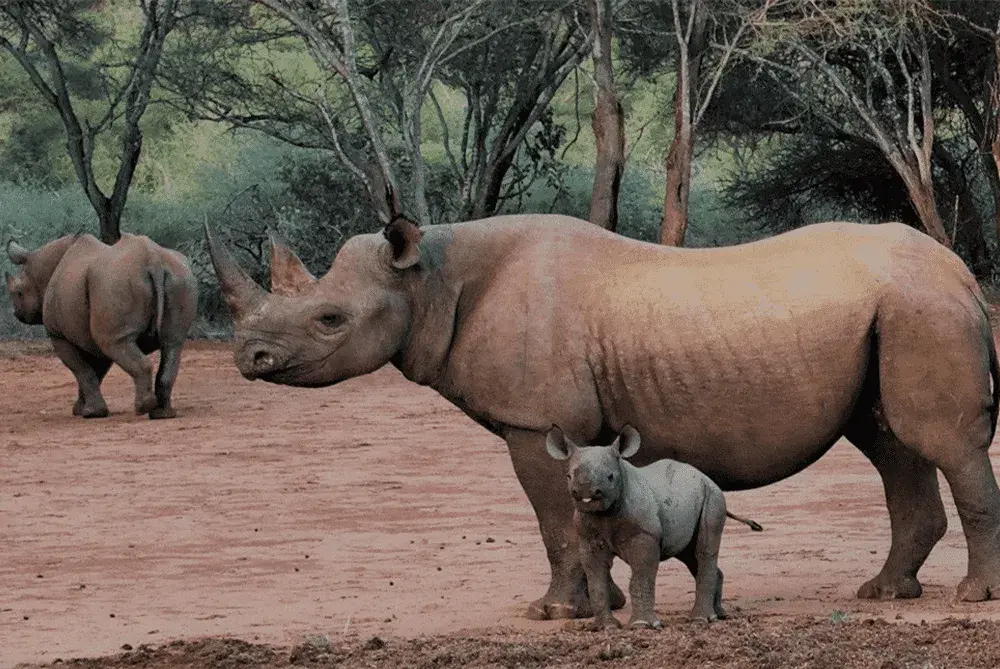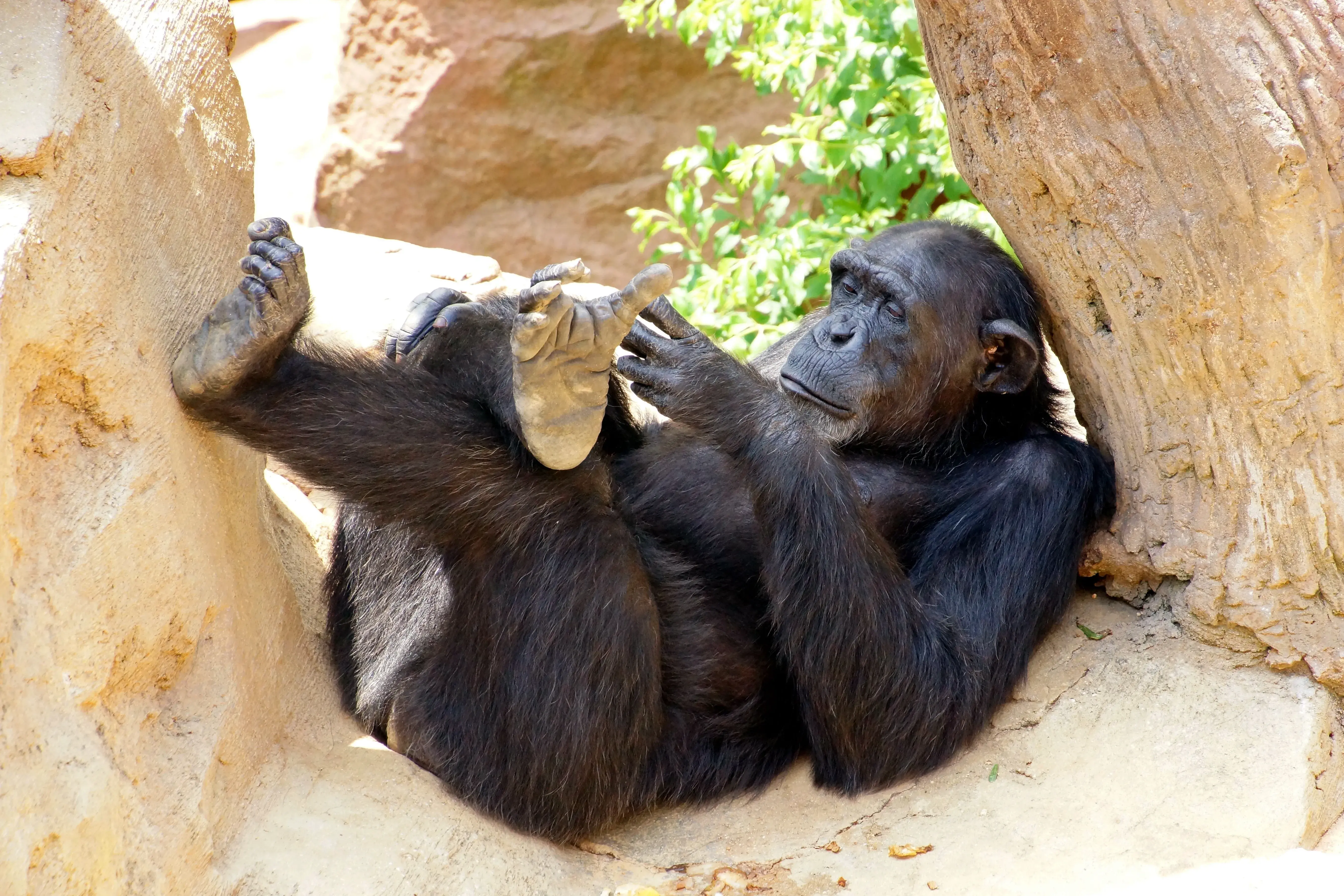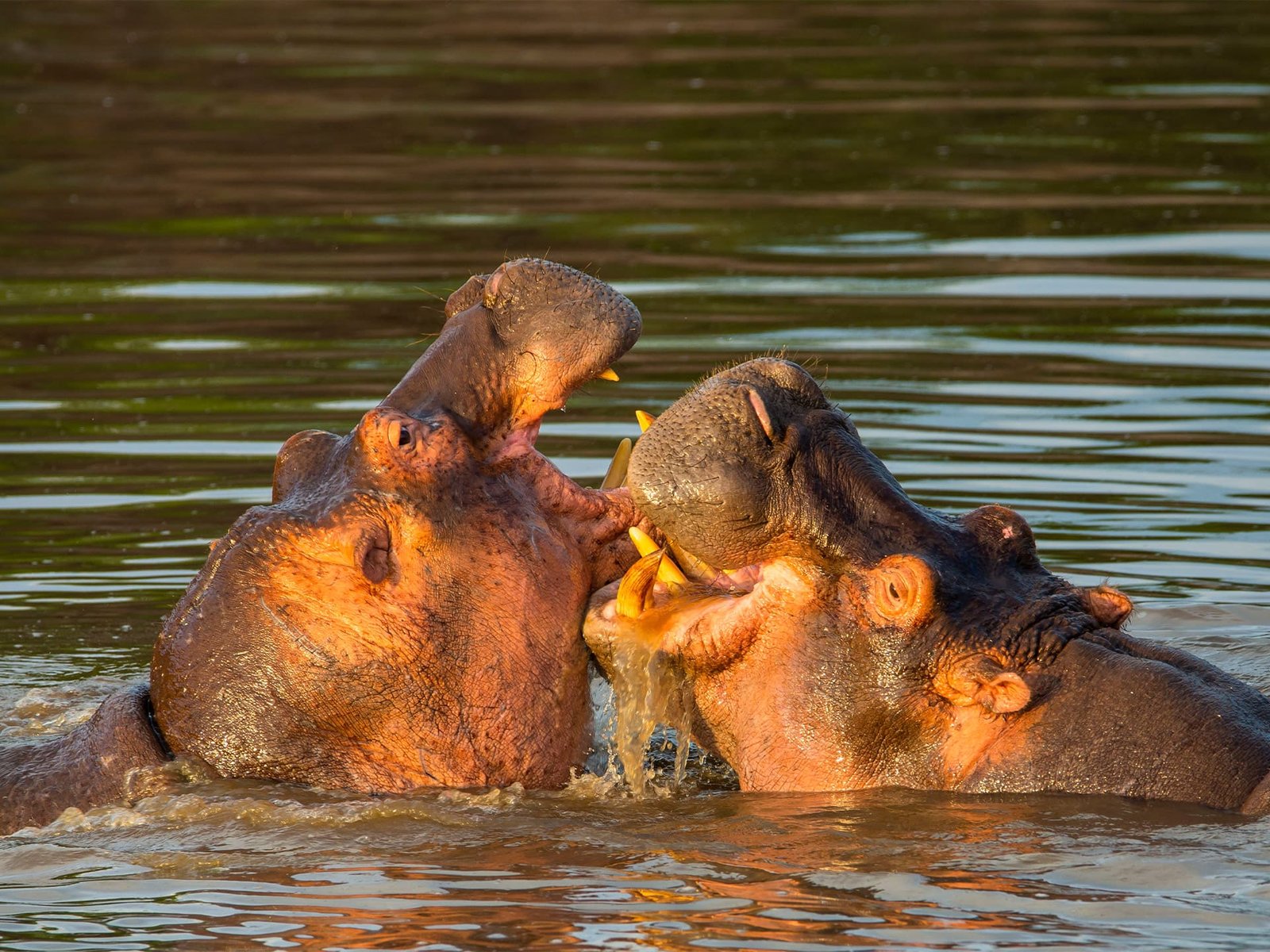
Mkomazi National Park
Wild and undeveloped Mkomazi National Park spreads along the Kenyan border in the shadow of the Pare Mountains, its dry savannah lands contrasting sharply with the moist forests of the Pares. The reserve, which is contiguous with Kenya’s Tsavo West National Park, is known for its black rhinos, which were introduced into the area from South Africa for breeding in a project spear-headed by Tony Fitzjohn, the force behind conservation work in Mkomazi. The rhinos are within a heavily protected 45-sq-km enclosure built around Hafino Mountain in north-central Mkomazi, and not viewable as part of general tourism. In addition to the rhinos, there are wild dogs (also reintroduced and, as part of a special endangered species program, also not viewable as part of general tourism). Animals that you’re more likely to spot include oryx, eland, dik-dik, the rarely seen gerenuk, kudu and Coke’s hartebeest. The huge seasonal elephant herds that once crossed regularly between Tsavo and Mkomazi are beginning to come back, after reaching a low point of just a dozen elephants in the area in 1989, although elephants still are not commonly spotted in Mkomazi. With more than 400 species, Mkomazi is a birder’s delight. Species to watch for include various weaver birds, secretary birds, crowned and bataleur eagles, helmeted guinea fowl, various hornbills, storks and the pygmy falcon.
The main reasons for visiting the park, apart from enjoying Babu’s Camp, are for birding and to appreciate the evocative nyika bush landscapes studded with baobab and thorn acacia and broken by low, rocky hills. Despite their relatives ease of access
Mkomazi is still well off the beaten track. Walking safaris can be arranged at Zange main gate.




















